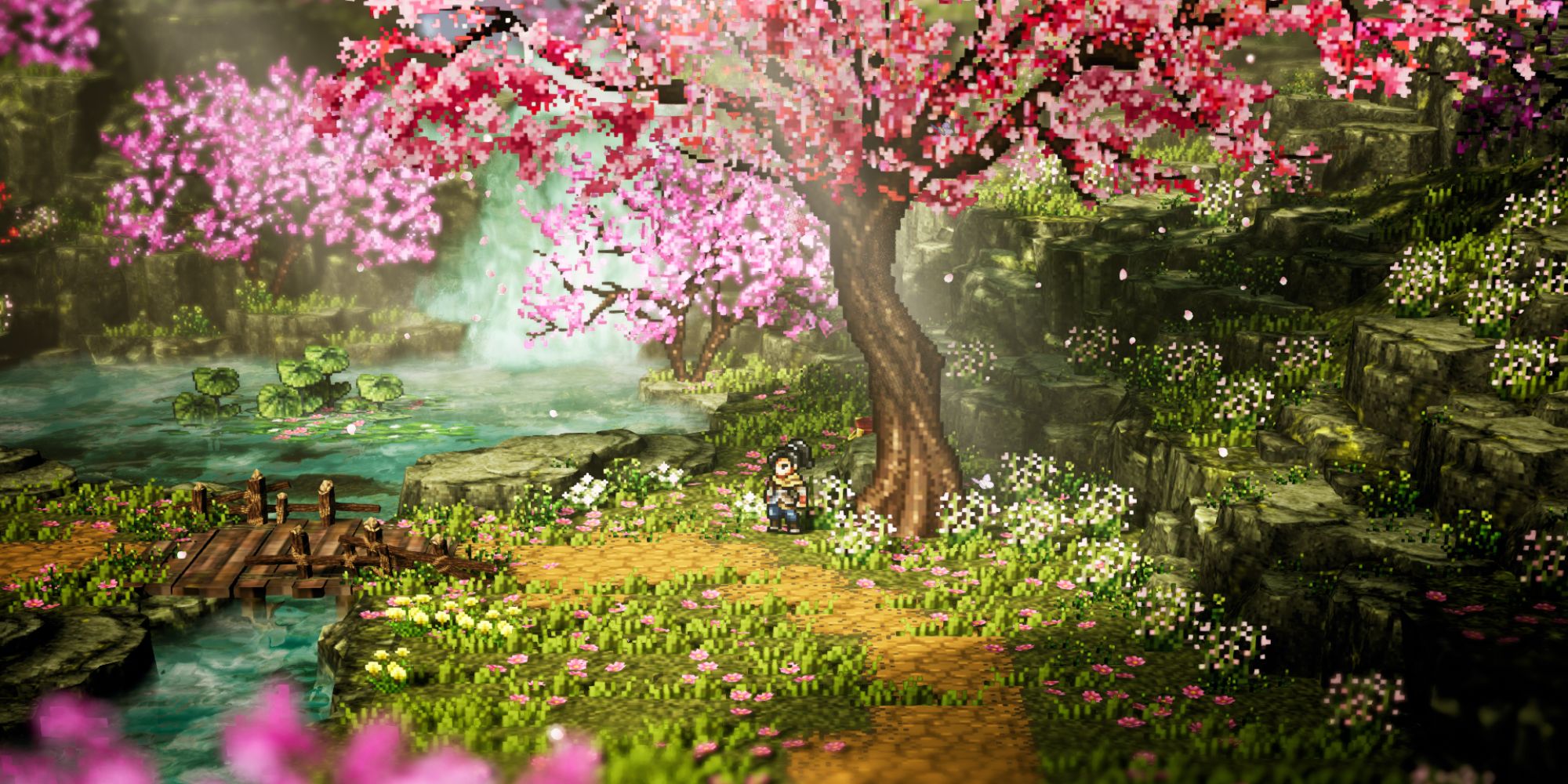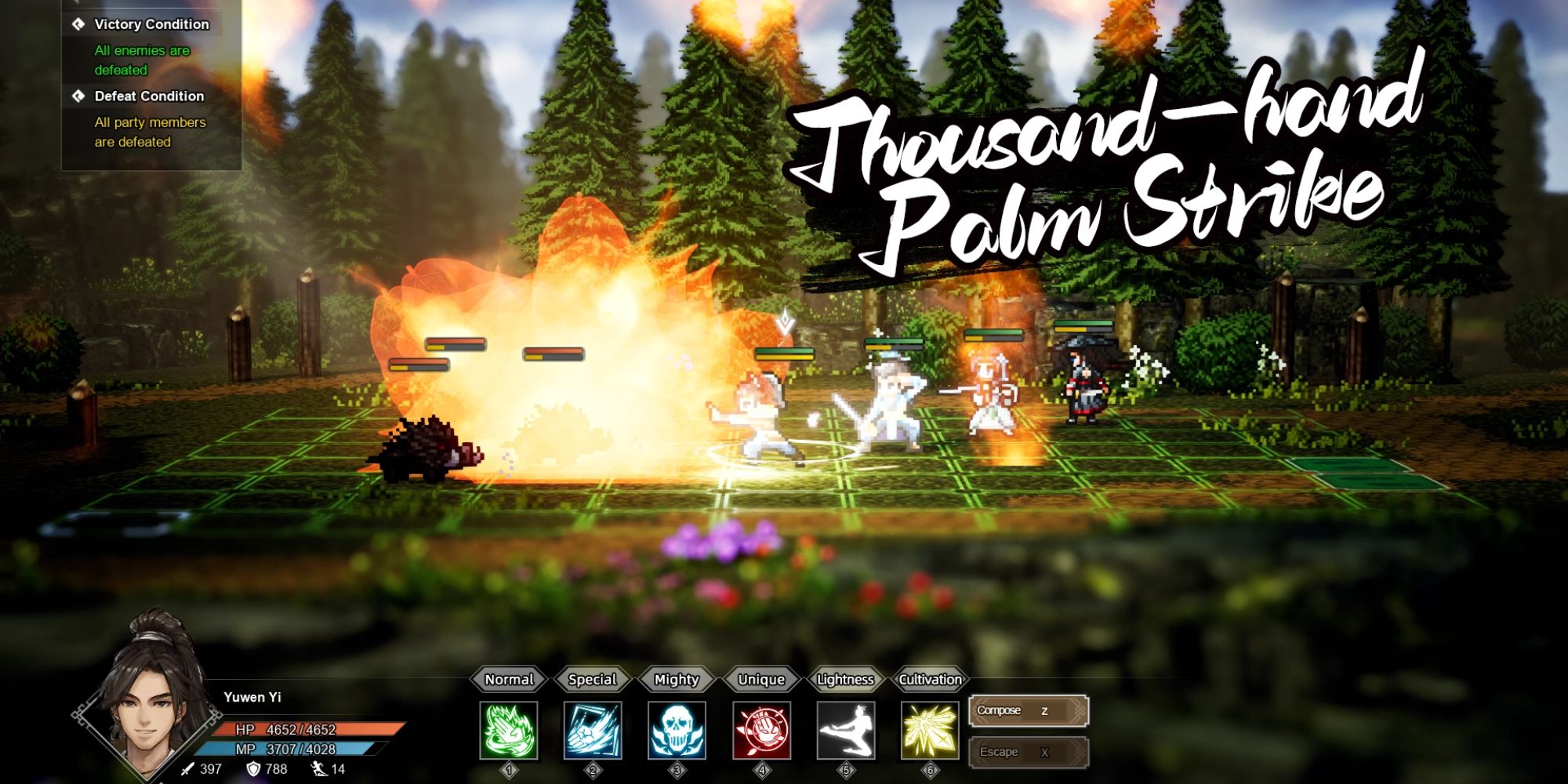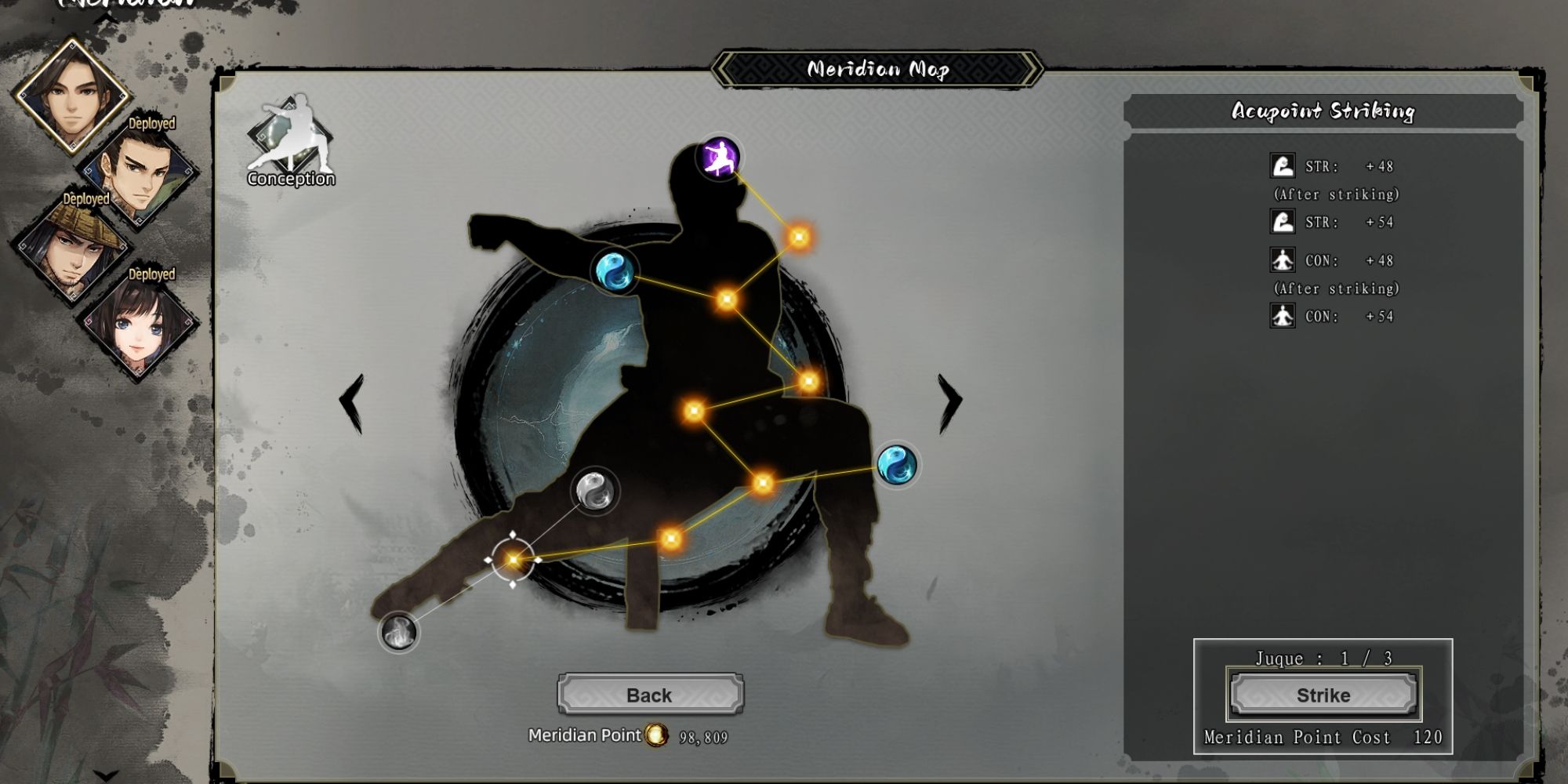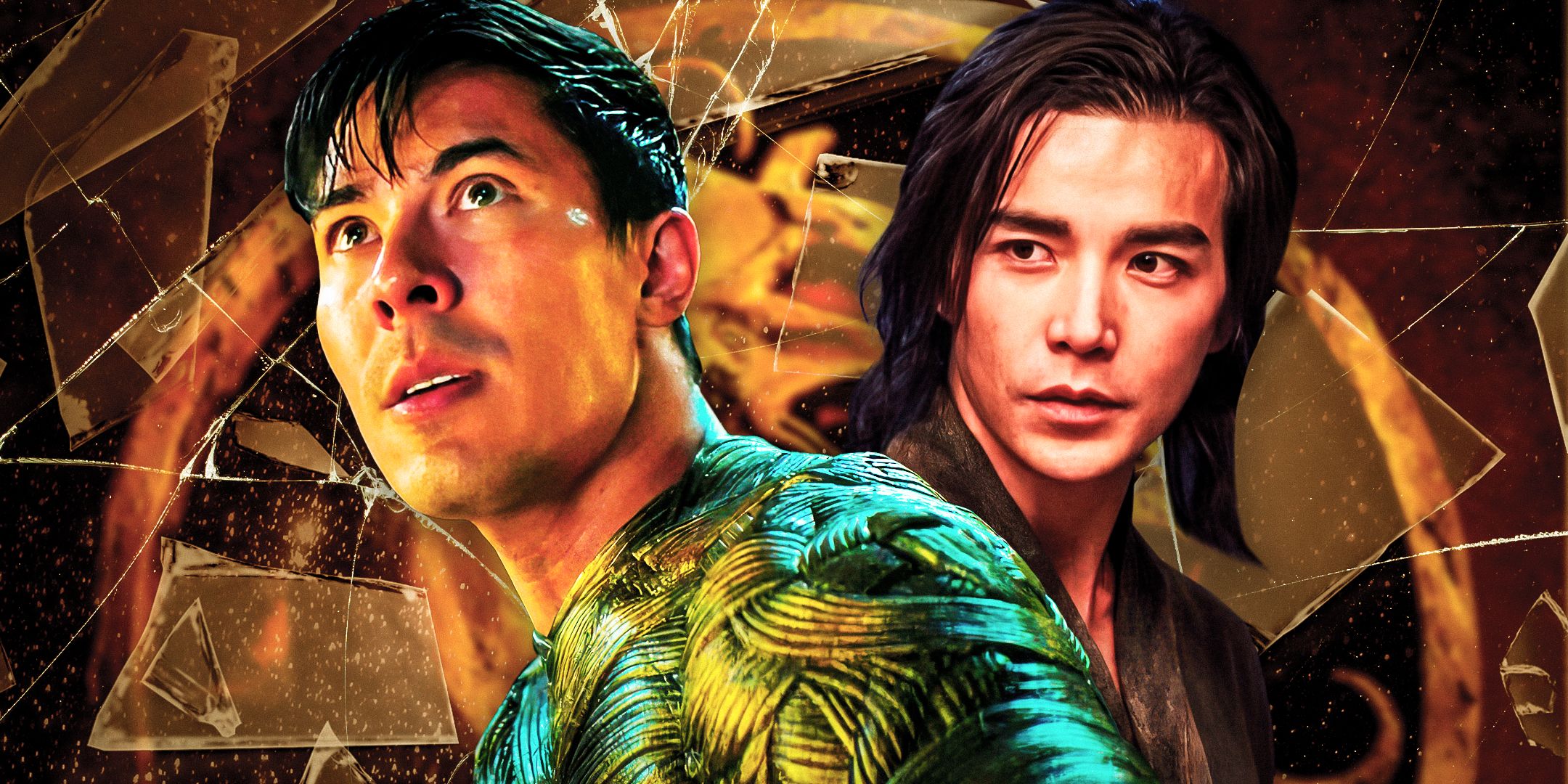<
The Swordman Studio’s Wandering Sword is an interesting release in the current gaming landscape, as it hits on two distinct trends that have been on the rise lately. The first is the return of turn-based RPGs, whether they be retro-inspired games like Sea of Stars and Octopath Traveler 2, or more contemporary styles like Baldur’s Gate 3. Wandering Sword takes after the former but with a contemporary twist in its visuals and a unique cultural foundation. The second trend is the rise of games based in Chinese history and mythology.
The entertainment industry has a pattern of fixating on a culture or mythology for a few years, such as the recent domination of Norse mythology, before quietly switching to something new. With popular releases like Wo Long: Fallen Dynasty and the upcoming Black Myth: Wukong, there is a rising interest in games set in Chinese myth and historical fiction. Wandering Sword manages to successfully capitalize on both of these with its beautiful and rich world, lovable characters, and deep combat; but it does struggle with power balancing and confusing, overly complex RPG mechanics.
Journey To The Best

The first thing players have the pleasure of seeing in Wandering Sword is its stunning art direction that seamlessly blends pixel art and 3D environments. The two styles work together perfectly and create a level of depth that is deceptively immersive. What seals the deal is the vibrant lighting and perfectly saturated color pallet. Together, these create a stunning world that immediately pulls the player in for the journey that’s about to unfold.
The story of Wandering Sword opens strong with Yuwen Yi and his caravan traveling through bandit territory with a mysterious passenger. Unfortunately, the cart breaks down, leaving Yi and his friends caught in the middle of two warring bandit factions; a situation that leads to the death of Yi’s friends and his near demise. Thankfully, the mysterious passenger happens to be the strongest swordsman in the land and single-handedly took down the bandits before taking Yi to safety.
This opening isn’t just a narrative hook, but also serves as a tutorial. Since players are learning the basics of combat through the master swordsman, they get to see just how strong they can become by the latter half of this journey. After waking up in the home of Jiang Yinfeng, one of the master’s disciples, Yin learns the fate of his friends and with the desire to avenge them, begins his journey to become the best swordsman in the land. Unfortunately for Yin (and the player), this journey isn’t a smooth one.
Engaging But Flawed Turn-Based Combat

On its own, combat in Wandering Sword is great. Players are able to obtain and use a huge number of abilities that feel impactful thanks to gorgeous animations and camera angels inspired by wuxian films. Each ability in the game belongs to one of six moves: the first four being Normal, Special, Mighty, and Unique attacks, and the last two being Lightness and Cultivation, which buff movement and base stats respectively. Attack abilities also vary between weapon disciplines such as swords or staffs, so there is a ton of variety in combat styles.
Anyone familiar with turn-based action RPGs will feel right at home here. One of the clearest comparisons to this experience would be that of Final Fantasy Tactics, as both utilize a chess-like approach by creating a grid-style arena for combat encounters. Each character’s turn has a movement and attack phase, with some having multiple phases per turn, and every action has a set amount of squares to represent its range. This design choice isn’t just aesthetically pleasing, but also makes the combat feel complex and intellectually rewarding.
Combat isn’t without its flaws though. One of the biggest annoyances is the inability to access the inventory during combat, so healing items are locked off until the fight is over. It’s also not clear how the game chooses the order of initiative, which creates situations where a party of three is fighting six enemies, and all but one party member completes nearly two full combat cycles before the third member gets a turn. Players also can’t fast-forward through long enemy turns, which, when combined with the previous points, results in numerous encounters that are poorly paced and risks pulling the player’s interest from the fight.
Poor Balancing And Convoluted RPG Mechanics

An issue players will run into early on is seeing just how steep the learning curve is to understanding Wandering Sword and its upgrade mechanics. Upgrading abilities, which often have walls of text that are difficult to decipher, requires Martial points that are gained through combat. Spending these points will then generate Meridian points, which are used to upgrade base stats such as strength and constitution. Doing so requires players to go to a menu with various martial arts stances that represent a given stat and putting a certain number of Meridian points into glowing spots called acupoints, which will give minor boosts to stats after the point requirement is met and will unlock the path to the next acupoint and so on.
Unfortunately, Wandering Sword struggles with power balancing issues. Every upgrade, from stat boosts to weapons and armor, rarely felt like it made a difference. A big part of why it feels this way is the dissonance of scale in the numbers. Players can get hundreds of Martial points over three combat encounters and use them to upgrade an ability from level one to level ten; which can feel like a huge jump, but it really just made the ability ten percent stronger.
Simply put, it’s a confusing system that isn’t fun to interact with. Players can spend upwards to three to five minutes upgrading a single character, let alone an entire party, only for it to feel like basically nothing happened. It can also leave players feeling disillusioned when scripted fights that occur in the early game, with enemies meant to be on par with the player, feel disproportionately difficult.
Final Thoughts And Review Score
While the RPG mechanics may feel like a crawl compared to similar RPGs, the world it presents players is rich and beautiful in every way. The characters Yin meets on this journey are all distinct from one another and a joy to interact with, regardless of if they’re a ride or die companion or a random blacksmith that’s incapable of understanding why his crush finds him a bit weird. While Wandering Sword is a wonderful game that may not resonate with everyone, it’s a very easy recommendation to hardcore turn-based RPG fans that are looking for the next big adventure to dive in to.
Wandering Sword is available now on PC via Steam. Screen Rant was provided with a Steam digital download for the purpose of this review.



